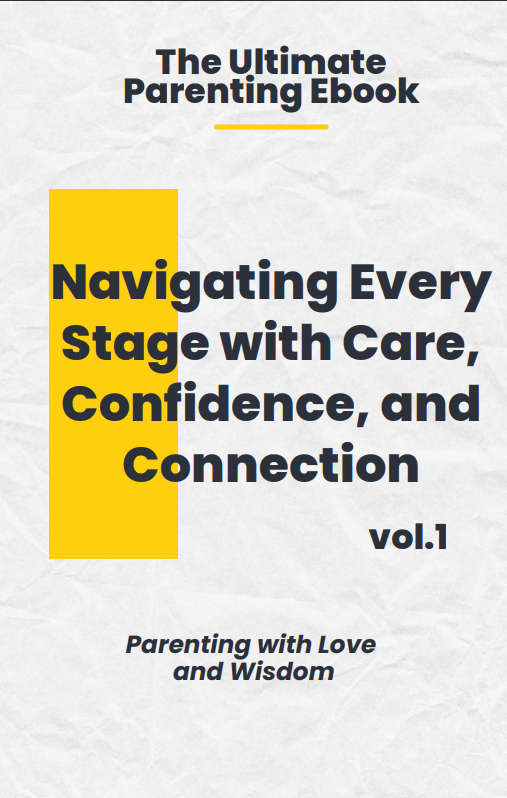
Homeschooling multiple children can feel like a juggling act, especially when your budget is stretched thin. You might be asking yourself, “Is it possible to provide my children with a high-quality education without breaking the bank?”
The good news is that you don’t need a big bank account to make homeschooling work for your family. With creativity, resourcefulness, and a bit of planning, you can tackle this challenge head-on. Let’s dive into practical, budget-friendly strategies that can help you homeschool multiple children without breaking the bank.
In This Blog
ToggleWhy Homeschooling Multiple Children Doesn’t Have to Be Expensive
One of the biggest myths about homeschooling is that it requires deep pockets. Sure, some families invest heavily in fancy curricula and private tutors, but that’s far from the only way to educate your kids.
You can shape homeschooling to be as adaptable and flexible as you need it to be. By reusing materials, sharing resources, and leveraging free educational tools, you can create a robust learning environment for your children while staying within your means.
Budget-Friendly Strategies to Homeschool Multiple Children
Reuse and Share Educational Materials
If you’re teaching multiple kids, sharing resources across age groups is a no-brainer. Reuse textbooks, workbooks, and lesson plans from older children for younger ones. For consumable materials like workbooks, consider laminating pages so they can be reused with dry-erase markers.
DIY learning materials are another great option. For instance, create flashcards, puzzles, or visual aids at home using supplies you already have. You’ll save money and customize learning tools to fit your children’s unique needs.
Tap Into Free or Low-Cost Educational Resources
A treasure trove of free resources is readily available for you. Websites like Khan Academy, CK-12, and OpenStax offer comprehensive courses in subjects ranging from math to science.
Public libraries are treasure troves, offering free access to books, audiobooks, and even workshops. Many libraries also provide free online tutoring and educational apps.
Plan Group Learning Activities
Save time and money by teaching multiple children together. Subjects like history, science, and art can often be taught using a unit study approach, where all your children explore the same topic at their respective levels. For example, while learning about space, younger kids can create a craft while older ones dive into more complex concepts like gravity.
Encourage older siblings to help teach younger ones. It’s a great way to build leadership skills and reinforce their own learning.
Join Local Homeschool Co-ops or Online Communities
Homeschool co-ops can be a lifesaver for parents homeschooling multiple children. These groups pool resources to offer shared classes, discounted materials, and group field trips. If there’s no local co-op near you, don’t worry—online homeschooling forums and communities are just as helpful. Platforms like Facebook and Reddit are great places to find free or low-cost materials from fellow homeschoolers.
How to Save on Essential Homeschool Supplies
Shop Smart for School Supplies
When it comes to supplies, timing is everything. Stock up during back-to-school sales and buy in bulk whenever possible. Second-hand stores, Facebook Marketplace, and even yard sales are excellent places to find gently used educational materials at a fraction of the cost.
Go Digital Where Possible
Digital resources can significantly cut costs. Swap physical books for eBooks or free PDFs. Use free educational apps and tools like Google Classroom or Seesaw to create a tech-savvy learning environment.
DIY Projects for Arts, Crafts, and Science
Science experiments don’t have to cost a fortune. Everyday items like baking soda, vinegar, and food coloring can make for engaging, educational activities. Similarly, create craft supplies using materials like cardboard, paper, and recycled items.
Practical Time Management for Budget-Conscious Homeschoolers
Create a Shared Daily Routine
A well-structured routine is crucial when you’re managing multiple kids. Sync their schedules so you can maximize your teaching time. For instance, set aside a group learning block in the morning and schedule independent study for the afternoon.
Integrate household chores into their day to teach responsibility while easing your workload. Tasks like setting the table or organizing school supplies can double as life lessons.
Prioritize and Customize Your Curriculum
Focus on the core subjects—math, reading, and writing—where your children need the most guidance. Supplement with free or low-cost resources for subjects like art and music. Don’t feel pressured to follow a rigid curriculum; flexibility is key to homeschooling on a budget.
Additional Tips for Affordable Homeschooling Success
- Extracurricular Activities: Instead of expensive classes, look for community-run programs or free events at local parks.
- Field Trips: Turn everyday outings into educational experiences, such as visiting a farmer’s market to learn about agriculture or exploring nature trails for a science lesson.
- Barter Services: Exchange skills with other parents—perhaps you can teach art while another parent offers piano lessons.

Conclusion
Homeschooling multiple children on a tight budget might sound daunting, but with the right mindset and resources, it’s entirely doable. By reusing materials, tapping into free resources, and building a community of support, you can provide a rich, fulfilling education for your children.
The true charm of homeschooling is found in its flexibility and creativity. Embrace it, and you’ll find that not only is it possible, but it’s also deeply rewarding.
What budget-saving strategies have worked for you? Share your tips in the comments or subscribe to our newsletter for more practical homeschooling advice.
You may also be interested in : How to Create a Homeschool Schedule for Kindergarten: A Step-by-Step Guide




